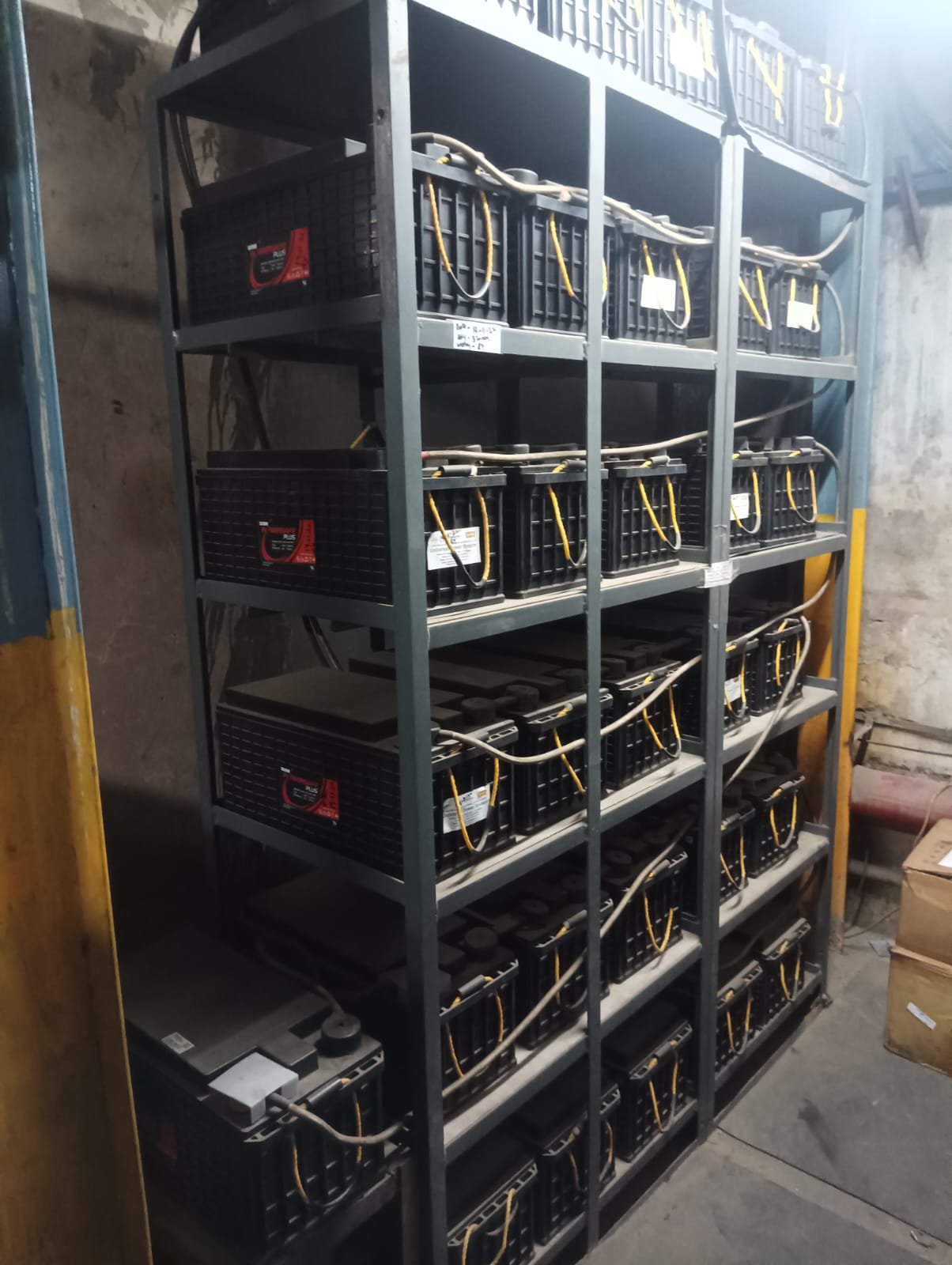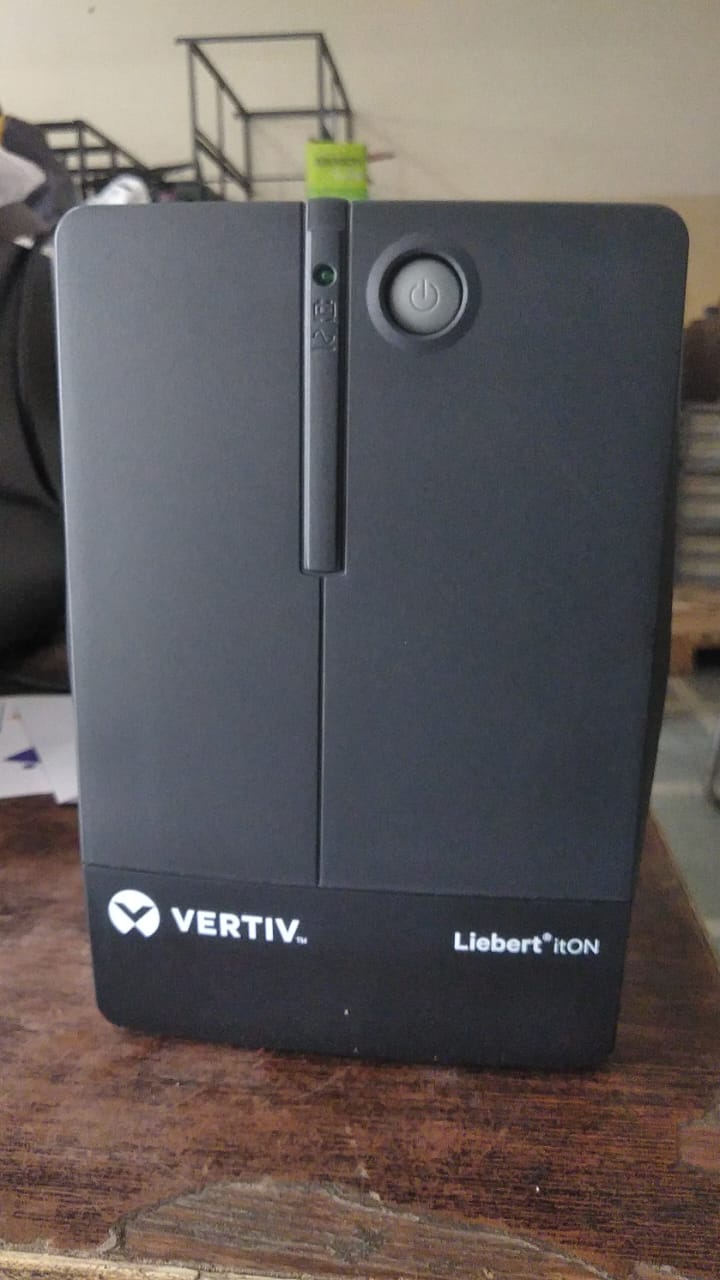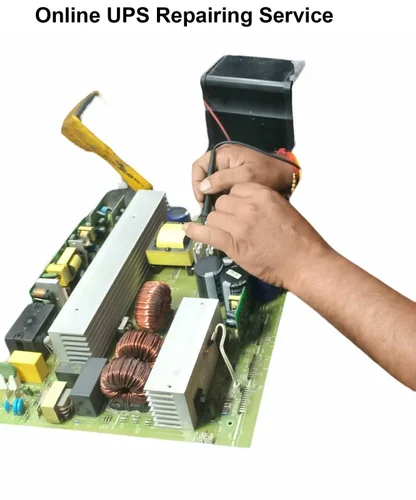Exide batteries are known for their reliability and performance in various applications, including automotive, industrial, and renewable energy systems. Here\\\\'s an overview of Exide batteries, along with details about their racks and mounting options: Types of Exide Batteries Lead-Acid Batteries: Flooded Lead-Acid: Standard type, requires maintenance. Absorbent Glass Mat (AGM): Sealed, maintenance-free, and offers better vibration resistance. Gel Batteries: Sealed, good for deep-cycle applications. Lithium Batteries: Lightweight and longer lifespan compared to lead-acid. Suitable for advanced applications like electric vehicles and renewable energy systems. Features Durability: Designed to withstand harsh conditions. Deep-Cycle Capability: Ideal for applications requiring repeated discharge and recharge. Fast Charging: Some models support quick recharge times. Rack Systems Battery Racks: Typically made from steel or aluminum, designed to hold multiple batteries securely. Modular Designs: Allow for scalability based on the number of batteries needed. Ventilation: Many racks include features to promote airflow, which helps in cooling and battery performance. Installation and Maintenance Installation: Requires proper spacing and secure connections to ensure safety and performance. Maintenance: Regular checks on electrolyte levels (for flooded types) and connections are recommended for optimal performance. Applications Automotive: Starting, lighting, and ignition (SLI). Renewable Energy: Solar and wind energy storage systems. Industrial: Forklifts and other heavy equipment. Safety Considerations Ensure proper ventilation to prevent gas buildup. Follow manufacturer guidelines for installation and maintenance. Use appropriate personal protective equipment (PPE) during handling. Conclusion Exide batteries are versatile and widely used, supported by robust rack systems for various applications. Their features cater to both standard and specialized needs, ensuring reliability and performance. Always refer to specific product documentation for detailed specifications and installation instructions.
Send Message







